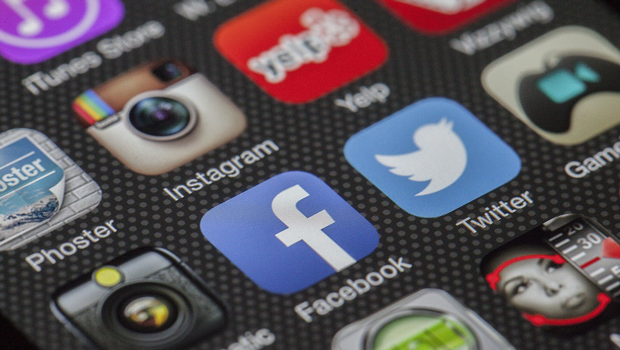Becoming a social media data donor
USA – Donating social media data can now assist researchers in helping to prevent suicide in vulnerable people.
When someone you love dies by suicide, unanswered questions may overwhelm you. But according to psychologist Dr. April Foreman, after the shock, many go on to ask: What can I do so this doesn’t happen again?
A mom who had lost her son to suicide was trying to answer this question when she approached Chris Maxwell, Coordinator of Member Engagement for the National Suicide Prevention Lifeline. She told Maxwell she had some money she was interested in putting into an app. She wanted to create technology that would allow parents or friends to get notified if their loved one was planning on taking his or her life.
Maxwell called Tony Wood, co-founder of Suicide Prevention Social Media Chat, who called Foreman. All three are interested in the overlap between technology and public health, specifically suicide prevention. As they discussed the idea, they realized the issue wasn’t the app itself. It was that with lack of current research on suicide, they had no way of building an app they were confident could work.
“You know what would be more useful?” Foreman said, thinking out loud. “If we had her son’s data, so we could get a greater understanding of her son’s death.”
Data, meaning his social media accounts, and what Foreman calls the new “fossil of human behavior,” is what researchers need to get into the minds of people who have died by suicide. To learn about their behavior. To see if they can notice patterns. To see if they can then use those patterns to develop techniques or technologies to actually lower suicide rates, which despite the growth of technology, has increased by 60 percent worldwide in the last 45 years.
Then it hit them — maybe to fill the lack of data that has delayed substantial suicide research, they had to simply ask for it. Ask people to donate it. Like you would a kidney, or blood.
“It’s a game changer for suicide prevention researchers,” said Glen Coppersmith, CEO and founder of Qntfy, the company that took Foreman’s musings and made it a reality. “It’s the current day version of organ donation. And for people who care about suicide prevention, this is a way to help people who are suffering in a real way. I don’t want your money, I want your data.”
The process is much simpler than donating blood. Anyone interested can go to OurDataHelps.org, and in less than five minutes become a “data donor” by supplying your social media links and filling out a quick survey that includes your age, any mental health diagnoses you have and how many times you’ve attempted suicide — although even if you haven’t attempted suicide, Coppersmith said, your data can still help. You can also donate the data of a loved one who died by suicide, if you have access to his or her social media accounts.
Once you donate your data, the site automatically anonymizes the data by removing indicators like photos, names and e-mail addresses — any information that could reveal your identity.
“It’s an opportunity to make a real impact in the research,” Wood told The Mighty. “There’s simply not enough data available now. With the data that’s available now, you can do this kind of vague analysis, but you can’t really get into nitty gritty stuff. In order to push forward and get real results, we need data from real people. And we need a lot of it.”
When someone you love dies by suicide, unanswered questions may overwhelm you. But according to psychologist Dr. April Foreman, after the shock, many go on to ask: What can I do so this doesn’t happen again?


Leave a Comment
You must be logged in to post a comment.